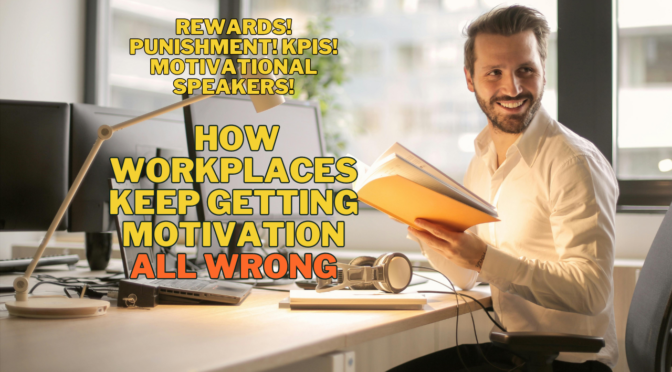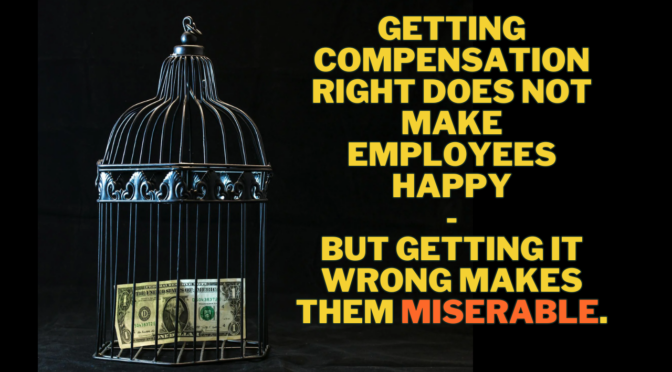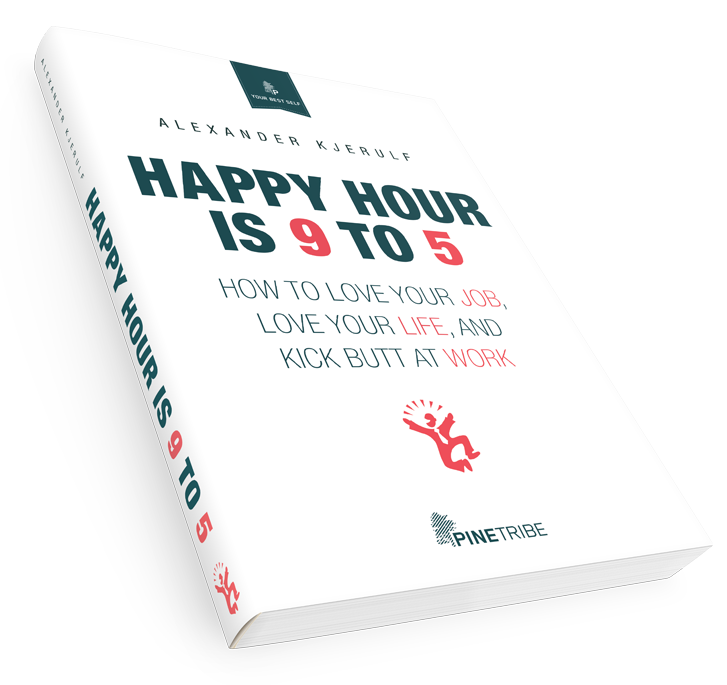The Scientific American has an excellent article about diet. It explains in detail what’s wrong with the old food pyramid (you know, the one with meat and fats at the top and carbohydrates at the bottom), and gives us a new and improved version. Excellent stuff.
-
Book review: The soul of a new machine
Writer Tracy Kidder won a Pulitzer prize in 1982 for The soul of a new machine. It’s the true story of a team of engineers at Data General who are designing the next generation of micro-computer.
I first read the book ten years ago, while I was still at university, and while it’s still an excellent read, my perspective on the story has changed completely.
(more…)
-
The ultimate test for Open Space meetings
Harrison Owen has written an article about an Open Space meeting held in Rome, where fifty Palestinians and Israelis gathered to talk about themselves, their future, and the possibilities of peace.
It was certainly not easy, but hope emerged from the meeting. Which is a testament to the ability of Open Space meetings to bring out the best in people.
-
Quote
Few of us can understand any longer the enthusiasm of Caliph Ali ben Ali, who wrote: “A subtle conversation, that is the Garden of Eden.” This is a pity, because it could be argued that the main function of conversation is not to get things accomplished, but to improve the quality of experience.
– Mihaly Csikszentmihalyi in Flow
-
The importance of stories
Stories and storytelling have played a major part in three of the books that I’ve read lately.
It’s interesting to see the ancient art of telling stories used in such different settings as change management and child therapy.
(more…)
-
Values as clear goals?
I’m currently reading Flow by Mihaly Csikszentmihalyi. The book is about that state of consciousness where everything just flows. Where the gears mesh smoothly, there are no distractions, you loose track of time, and it feels really good.
You can achieve flow at work or in your free time. Concert violinists and mountain climbers can find flow, but so can school teachers and assembly line workers.
In one of the early chapters, he lists the requirements for flow, one of which is “clear goals and feedback”. It’s easier to enjoy what you do when you immediately know if you’re doing it right. Which is bad news for many people in the workplace, because quite often, the actions we take in the workplace does not have clear goals or fast feedback. Often we won’t know for days or month whether what we’re doing works.
But there’s a way around that, and I think it revolves around values.
(more…)
-
Quote
What I “discovered” was that happiness is not something that happens. It is not the result of good fortune or random chance. It is not something that money can buy or power command. It does not depend on outside events, but, rather, on how we interpret them. Happiness, in fact, is a condition that must be prepared for, cultivated and defended privately by each person. People who learn to control inner experience will be able to determine the quality of their lives, which is as close as any of us can come to being happy.
– Mihaly Csikszentmihalyi in Flow
-
Book review: The springboard
Stephen Denning was faced with a task, which I do not envy him: He was charged with implementing knowledge management in huge and very conservative organization (the World Bank) which so far had not considered itself in the knowledge business.
This book is the story of how he did it – using stories. He found that whenever he used “traditional” presentations to present the idea of knowledge management and the changes necessary to implement it, he got nowhere. People were skeptical. However, when he used stories to convey the message, people’s attitudes changed, and they became much more positive.
(more…)
-
Quote
If we hope to live not just from moment to moment, but in true consciousness of our existence, then our greatest need and most difficult achievement is to find meaning in our lives.
– Bruno Bettelheim in The uses of enchantment
-
Happiness at work
Seems a lot of people are interested in happiness in the workplace these days. Check out this Google search.
A few highlights:
These guys are starting self-replicating “Joy at work” support groups.
Tips for hiring the right people.
An article on interpersonal relations at work.
Health and happiness at work.





